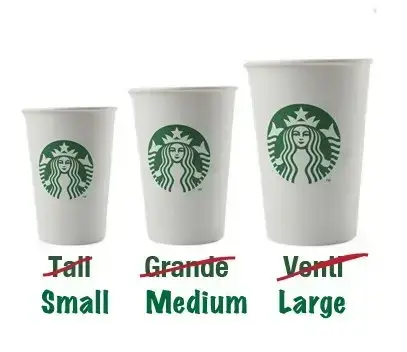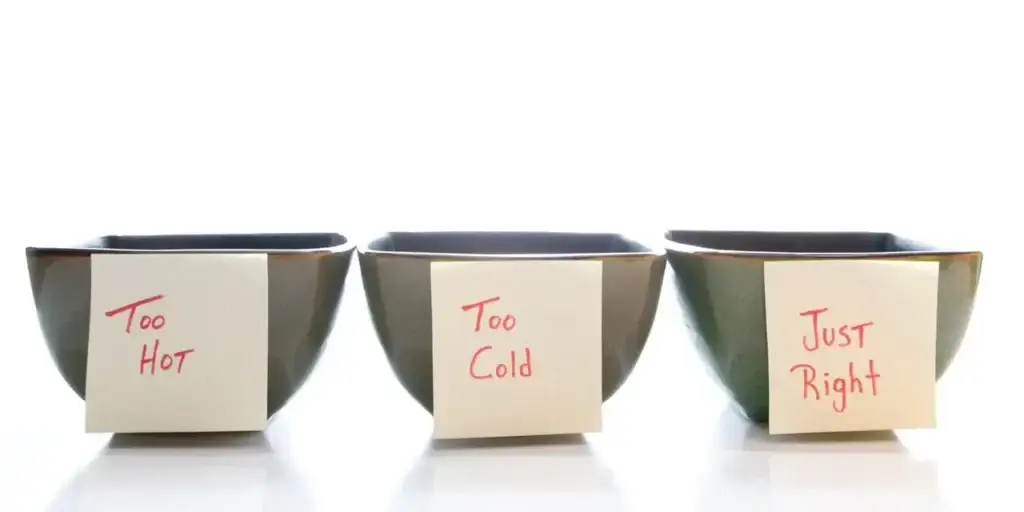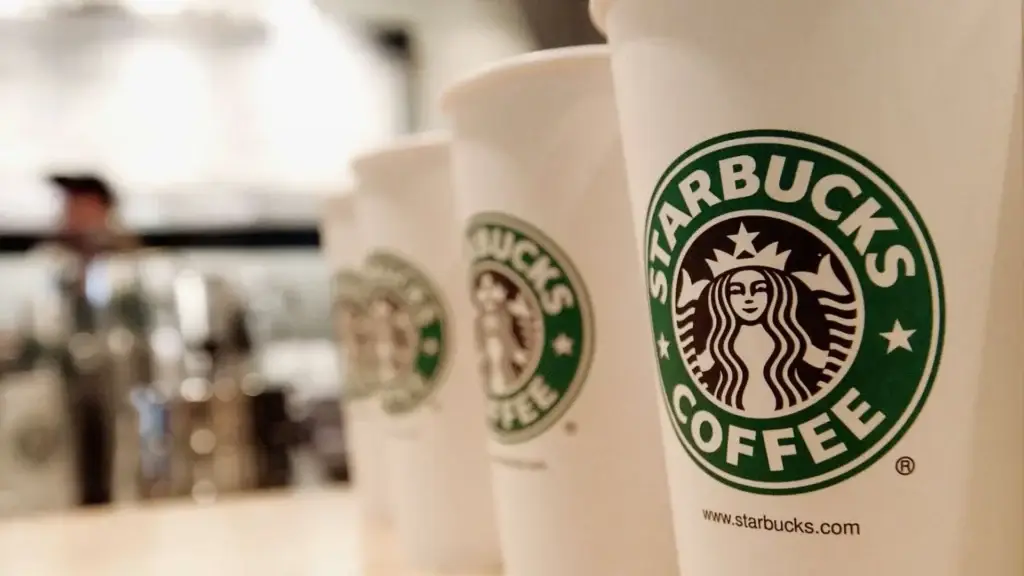Ever heard of the Decoy Effect?
Simply put, it’s about offering a third option that makes one of the other two look better.
This sneaky yet effective method is all about guiding customers to choose the more profitable option without them even realising it.
Imagine going to buy coffee.
You see two choices:
- a $3 regular
- or a $5 large
Then there’s a third option:
- a $4.50 medium that’s just a bit smaller than the large.
Suddenly, the large seems like the best deal.
That’s the Decoy Effect in action.
It’s not just about coffee, though. From tech gadgets to vacation packages, brands are using this trick to boost their sales.
And guess what? It’s working.
Some businesses see up to 40% more preference on their products just by adding a decoy option.
The Decoy Effect plays on our natural tendency to compare things.
It subtly shifts our preferences towards what the seller wants us to buy.
What is the psychology behind the Decoy Effect?
The Decoy Effect is like a mind game in marketing, and it’s all about a principle called asymmetric dominance.
This fancy term basically means one option is made to look better by placing it next to a weaker option.
Your brain loves comparisons, so when it sees one choice standing out, it’s more likely to pick it.
It’s like choosing a superhero – if you put a hero next to a less impressive sidekick, the hero looks even more impressive.
Now, how do businesses use this? It’s simple.
They create product options in a way that nudges you towards the choice they want you to make.
Let’s say you’re looking at phone plans.

You’ve got a basic plan, a super expensive one, and a mid-tier one that’s priced just slightly higher than the basic.
Suddenly, the mid-tier looks like a great deal compared to the others.
That’s the Decoy Effect making the mid-tier plan standout.
Alongside this, there’s another trick called the anchoring effect.
It’s all about that first piece of information you see.
Like when you first see a high price, it becomes your anchor.
Then, when you see a lower price next to it, the lower price seems like a bargain.
Combine this with the Decoy Effect, and you’ve got a powerful duo.
Although some may argue that it conflicts with the decoy effect.
Businesses set up their prices and options in a way that the anchor and the decoy work together, guiding you to the choice they want, almost like magic.
Real-world examples of the Decoy Effect in action (5 examples)
#1 Cinemas – the larger popcorn strategy
In many movie theatres, you’ll see a pricing strategy like this:
- a small popcorn for $3
- a medium for $6.50
- and a large for $7
The large, despite being only slightly more expensive than the medium, offers much more popcorn.

This setup makes the medium size look less appealing, nudging customers to go for the large, which is only slightly more but offers better value.
#2 Starbucks – the size dilemma
At Starbucks, consider their sizing options:
- a Tall (small) for $3
- a Grande (medium) for $4.50
- and a Venti (large) for $5
In this setup, the Grande acts as the decoy.

Its price and size are positioned in a way that makes the Venti look like a much better deal for just 50 cents more.
The Tall is the budget-friendly choice, but when customers compare the Grande and Venti, they’re likely to see the Venti as the best value for their money.
This nudges customers to go for the Venti, which is what Starbucks aims to sell more of.
By using the Grande as the decoy, Starbucks effectively encourages customers to upgrade their choice, leading to increased sales of the larger, more profitable Venti size.
#3 Laptop retailers – the best isn’t always the best
A tech store might sell laptops at three price points:
- A basic model for $500
- A high-end model for $1200
- And an ultra-high-end model for $2500
The ultra-high-end laptop serves as the decoy, making the $1200 model seem more reasonably priced and feature-rich in comparison.
This strategy often leads customers to choose the mid-range model over the basic one.
#4 How NetFlix uses the decoy effect
Imagine Netflix offers three subscription plans a:
- Basic plan for $9
- Standard plan for $14
- And a premium plan for $18
The premium plan, with its extra features like 4K streaming and multiple screens, acts as the decoy.

It’s priced just high enough to make the standard plan look more appealing.
Most subscribers, seeing the high price of the premium, are likely to opt for the standard plan, thinking it offers the best balance of features and cost.
In this scenario, the premium plan isn’t really there to be the most popular choice; it’s there to make the standard plan, which Netflix wants to sell more of, seem like a great deal in comparison.
This strategy effectively nudges customers towards the middle option, which might be the sweet spot for both the customer’s needs and Netflix’s revenue goals.
#5 Wine stores – quality is in the price
A wine store might offer three bottles:
- a budget bottle for $15
- a mid-range for $28
- and an expensive vintage for $50
The $50 bottle is the decoy, making the $28 bottle appear more affordable and of better value.

This leads customers to opt for the mid-range bottle, which often has a higher profit margin than the budget option.
There is a caveat to this. If price is no measure for the customer, and they’re looking for quality, they sometimes choose the expensive bottle over anything else.
3 ways to use the Decoy Effect in your business
Here’s how you can weave this strategy into your product pricing, service packages, and promotional offers.
The key is subtlety – your decoy should guide customers gently towards the preferred option without being too obvious.
Product pricing – the Goldilocks Strategy
When setting prices for products, introduce three options.

For example, if you’re selling software, have a basic version at a low price, a professional version at a high price, and a standard version priced just below the professional one.
The professional version acts as the decoy, making the standard version look more reasonable and feature-rich for its price.
The trick is to make the differences between the standard and professional versions minimal, nudging customers towards the standard, which is likely your target sale item.
Service packages – the bundled approach
If you offer services, like a spa or consultancy, bundle them into packages. Create a basic, a premium, and a deluxe package.
Price the deluxe package high enough to make the premium package look more attractive.
The deluxe package is your decoy, drawing attention to the premium package’s value.
Ensure that the premium package offers a balanced mix of features that cater well to customer needs while also maintaining your profit margins.
Promotional offers – the limited Time Trick
When running promotions, use the Decoy Effect to make certain deals look better.
Introduce a standard offer, a slightly less attractive offer, and a third, more expensive but value-packed offer.
The less attractive offer serves as the decoy, making the standard offer appear as the smart choice.
However, ensure that your standard offer is genuinely appealing and provides real value to avoid customer dissatisfaction.
In designing your decoy, balance is the thing you want to focus on.
You want the decoy to be appealing enough to be considered but not so attractive that it becomes the popular choice.
The goal is to make your target option (usually the middle one) look like the best decision.
Remember, the success of using the Decoy Effect hinges on understanding your customers’ needs and preferences, so tailor your offerings accordingly for the best results.
Smart selling with the Decoy Effect
The Decoy Effect is more than a clever sales trick; it’s a big part of modern sales strategies.
In a market where customer choices can make or break sales goals, understanding and applying this effect can change the way you market your business.
It’s about presenting options in a way that subtly guides customers to the choice you want them to make, usually leading to better profits and customer satisfaction.
For businesses looking to boost their sales, experimenting with the Decoy Effect is worth the effort.
Start by analysing your current offerings.
See where you can introduce a decoy that makes your preferred product or service stand out as the best deal.
The important thing is to test different approaches to find what resonates best with your customers.
Track the results, tweak as necessary, and you’ll likely see a positive impact on your sales.
However, as you dive into the world of decoy marketing, it’s important to tread carefully.
Ethical marketing practices should be at the forefront of any strategy you employ.
The Decoy Effect should not be about tricking customers but about helping them make decisions that are both beneficial for them and profitable for your business.
Transparency and honesty in how you present your products and services are crucial to maintaining trust and loyalty among your customers.

